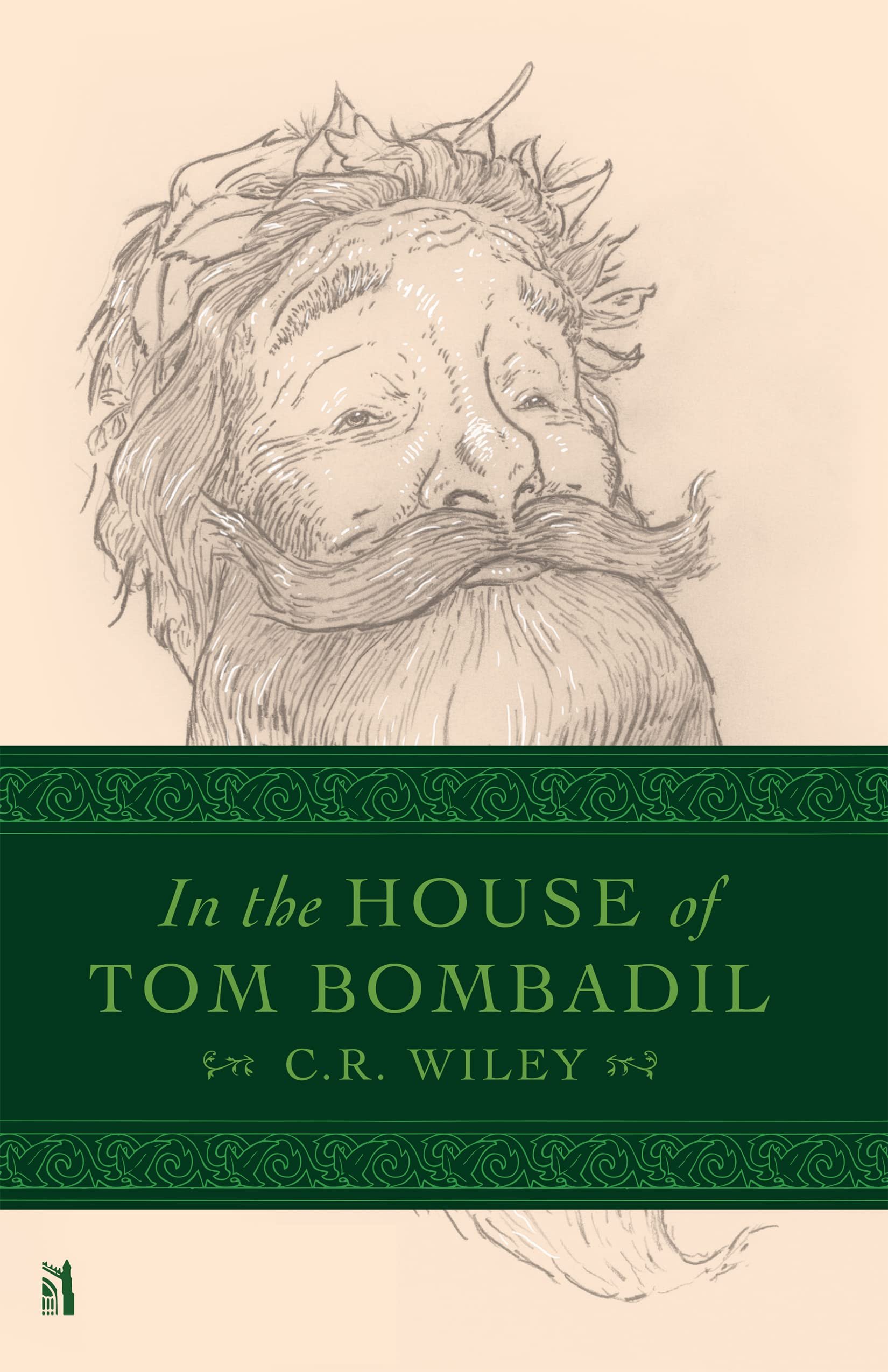In the House of Tom Bombadil
/Anyone who has read The Lord of the Rings has questions about Tom Bombadil. What is he doing in the middle of Frodo’s journey to Rivendell? What does Frodo’s interlude at Tom’s house mean? What’s with the yellow boots and all the singing? But there’s one question, right there in The Lord of the Rings, with which CR Wiley begins his new book In the House of Tom Bombadil:
The hobbits sat down gladly in low rush-seated chairs, while Goldberry busied herself about the table; and their eyes followed her, for the slender grace of her movement filled them with quiet delight. From somewhere behind the house came the sound of singing. Every now and again they caught, among many a derry dol and a merry dol and a ring a ding dillo the repeated words:
Old Tom Bombadil is a merry fellow;
Bright blue his jacket is, and his boots are yellow.
‘Fair lady!’ said Frodo again after a while. ‘Tell me, if my asking does not seem foolish, who is Tom Bombadil?’
‘He is,’ said Goldberry, staying her swift movements and smiling.
This is a characteristic passage of Bombadilana: charming and upbeat, with a dreamlike half-detachment from that which goes before and comes after it, and—like Goldberry’s answer to the crucial question—both straightforward and enigmatic. No wonder Frodo feels a mite foolish, and no wonder some people get bent out of shape about Tom.
Since Wiley and, in the book’s warm and spirited introduction, Bradley Birzer both share some of their personal histories with Tom Bombadil, let me do the same by way of confession. I may be the only person who has ever read The Lord of the Rings who doesn’t have much of an opinion on Tom. What is he doing there? Well, it’s an episodic adventure, so why shouldn’t he be there? What does he mean? The same thing any character in such an adventure “means,” I reckon. Next question.
Having simply accepted Tom as part of the story, it has never occurred to me to ask some of the questions some people do about him.
Wiley does not tackle all of them, but starting with Frodo’s question for Goldberry proves wise. By looking into who Tom is, he shows us what he’s doing in this story. Wiley begins by gently disposing of a handful of the more popular theories about Tom’s past or identity (that Tom is a Maia gone native, or even the incarnation of Eru Ilúvatar himself, etc.), then turns to the few chapters where he appears, the handful of later allusions and references back to him—including one by Gandalf that is considerably more significant than I ever thought—and a few sources outside the novel, especially Tolkien’s letters. This last source proves particularly helpful, since Tolkien himself, in his gnomic way, insisted that Tom is important to the story, but not precisely how. This is especially telling, as Wiley notes that Tolkien, a slow-working, minutely precise writer, would throw away large passages if he found them unsatisfactory or if he felt them narrative dead-ends, and yet Tom and his hosting of Frodo and company remain.
So in a series of short topical chapters, Wiley examines what we see and hear of Tom through the hobbits and his creator, focusing especially on what Tom does in his limited time in the story. He looks at Tom’s use of song and language, his role as “master,” his household, his relationship with Goldberry, and the grim incident with the barrow wight. Along the way, Wiley brings in some especially insightful comparisons with other key characters, like Saruman, who pursues a mechanical or technical mastery alien to Tom, and he concludes with a beautifully written and genuinely moving meditation on what Tom means for the future of Middle Earth—restoration.
Wiley does not pretend to have “solved” the mystery of Tom Bombadil—“if Tolkien meant for Bombadil to be an enigma,” he writes, “who am I to try to clear things up?”—but he does present a compelling argument that Tom’s presence is an important thematic counterpoint to the later darkness of the story, a vision of unspoiled, unfallen dominion over creation that treats the world as an end rather than a means, and of the delight and divine restfulness that comes with that dominion.
In the House of Tom Bombadil is a brisk, easy read, but rich and thought-provoking. I breezed through it in two sittings, relishing the insight it brought to a character I had taken for granted and not thought deeply about, and I look forward to revisiting it soon. I highly recommend it to anyone who has read The Lord of the Rings and wondered about Tom, but especially to anyone who has wondered what goodness is supposed to look like in the middle of a fallen world.





